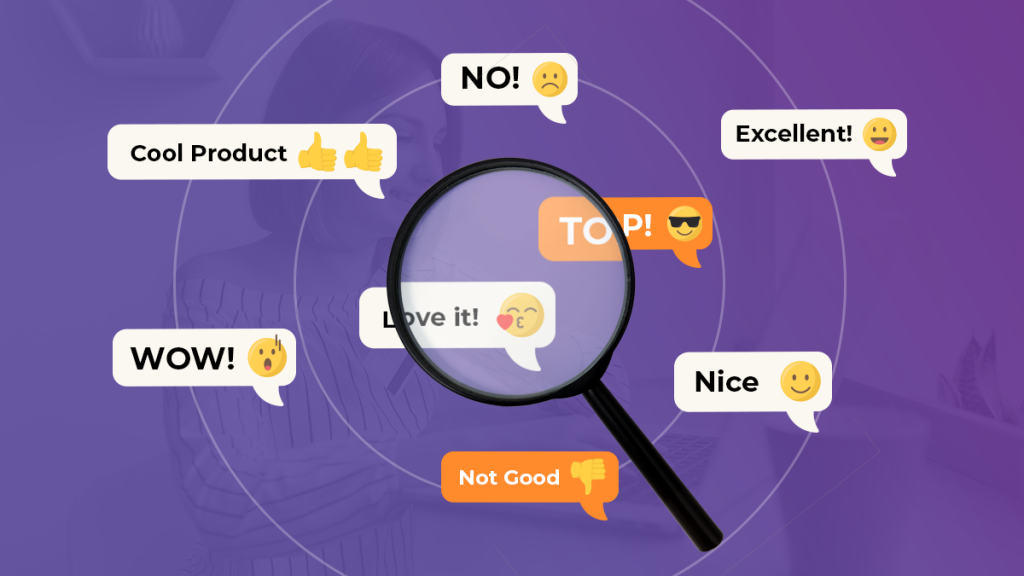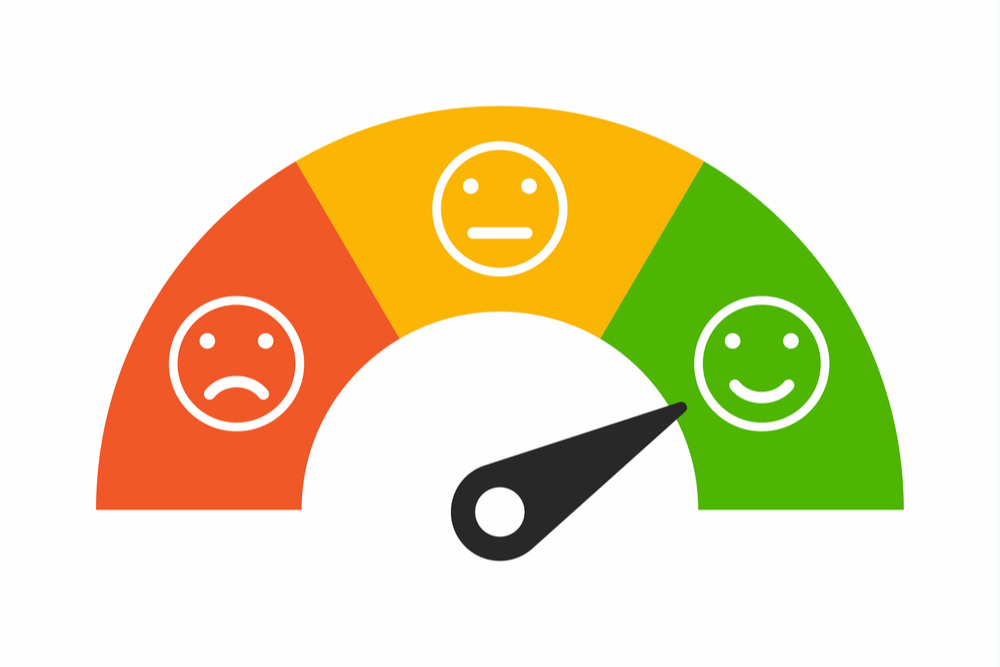Sentiment Analysis
Sentiment analysis (or opinion mining) is a natural language processing technique used to determine whether data is positive, negative or neutral. Sentiment analysis is often performed on textual data to help businesses monitor brand and product sentiment in customer feedback, and understand customer needs.
What Is Sentiment Analysis
Sentiment analysis is the process of detecting positive or negative sentiment in text. It’s often used by businesses to detect sentiment in social data, gauge brand reputation, and understand customers.
Since customers express their thoughts and feelings more openly than ever before, sentiment analysis is becoming an essential tool to monitor and understand that sentiment. Automatically analysing customer feedback such as opinions in survey responses and social media conversations, allows brands to learn what makes customers happy or frustrated, so that they can tailor products and services to meet their customers’ needs.
For example, using sentiment analysis to automatically analyse 4,000+ reviews about your product could help you discover if customers are happy about your pricing plans and customer service.
Maybe you want to gauge brand sentiment on social media, in real time and over time, so you can detect disgruntled customers immediately and respond as soon as possible.
Types of Sentiment Analysis
Sentiment analysis models focus on polarity (positive, negative, neutral) but also on feelings and emotions (angry, happy, sad, etc), urgency (urgent, not urgent) and even intentions (interested v. not interested).
Depending on how you want to interpret customer feedback and queries, you can define and tailor your categories to meet your sentiment analysis needs. In the meantime, here are some of the most popular types of sentiment analysis:
Fine-grained Sentiment Analysis
If polarity precision is important to your business, you might consider expanding your polarity categories to include:
- Very positive
- Positive
- Neutral
- Negative
- Very negative
This is usually referred to as fine-grained sentiment analysis, and could be used to interpret 5-star ratings in a review, for example:
- Very Positive = 5 stars
- Very Negative = 1 star
Emotion detection
This type of sentiment analysis aims to detect emotions, like happiness, frustration, anger, sadness, and so on. Many emotion detection systems use lexicons (i.e. lists of words and the emotions they convey) or complex machine learning algorithms.
One of the downsides of using lexicons is that people express emotions in different ways. Some words that typically express anger, like bad or kill (e.g. your product is so bad or your customer support is killing me) might also express happiness (e.g. this is bad ass or you are killing it).
Aspect-based Sentiment Analysis
Usually, when analysing sentiments of texts, let’s say product reviews, you’ll want to know which particular aspects or features people are mentioning in a positive, neutral, or negative way. That’s where aspect-based sentiment analysis can help, for example in this text: “The battery life of this camera is too short”, an aspect-based classifier would be able to determine that the sentence expresses a negative opinion about the feature battery life.
Multilingual sentiment analysis
Multilingual sentiment analysis can be difficult. It involves a lot of preprocessing and resources. Most of these resources are available online (e.g. sentiment lexicons), while others need to be created (e.g. translated corpora or noise detection algorithms), but you’ll need to know how to code to use them.
How is machine learning used for sentiment analysis?

The primary role of machine learning in sentiment analysis is to improve and automate the low-level text analytics functions that sentiment analysis relies on, including Part of Speech tagging. For example, data scientists can train a machine learning model to identify nouns by feeding it a large volume of text documents containing pre-tagged examples. Using supervised and unsupervised machine learning techniques, such as neural networks and deep learning, the model will learn what nouns look like
.
Once the model is ready, the same data scientist can apply those training methods towards building new models to identify other parts of speech. The result is a quick and reliable Part of Speech tagging that helps the larger text analytics system identify sentiment-bearing phrases more effectively.
Machine learning also helps data analysts solve tricky problems caused by the evolution of language. For example, the phrase “sick burn” can carry many radically different meanings. Creating a sentiment analysis rule set to account for every potential meaning is impossible. But if you feed a machine learning model with a few thousand pre-tagged examples, it can learn to understand what “sick burn” means in the context of video gaming, versus in the context of healthcare. And you can apply similar training methods to understand other double-meanings as well.
The overall benefits of sentiment analysis include
Sorting Data at Scale
Can you imagine manually sorting through thousands of tweets, customer support conversations, or surveys? There’s just too much business data to process manually. Sentiment analysis helps businesses process huge amounts of data in an efficient and cost-effective way.
Real-Time Analysis
Sentiment analysis can identify critical issues in real-time, for example is a PR crisis on social media escalating? Is an angry customer about to churn? Sentiment analysis models can help you immediately identify these kinds of situations, so you can take action right away.
Consistent criteria
It’s estimated that people only agree around 60-65% of the time when determining the sentiment of a particular text. Tagging text by sentiment is highly subjective, influenced by personal experiences, thoughts, and beliefs. By using a centralized sentiment analysis system, companies can apply the same criteria to all of their data, helping them improve accuracy and gain better insights.


